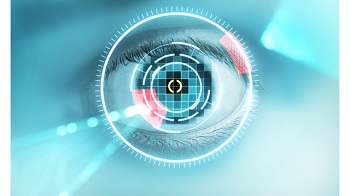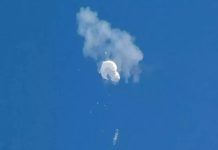For the first time on the U.S. southern border, authorities have started conducting facial and iris scans on foreigners entering the country — part of a congressionally mandated effort aimed at cracking down on those who remain in the United States with expired visas.
Under a pilot program launched at the Otay Mesa Port of Entry, U.S. Customs and Border Protection is gathering biometric data from most non-U.S. citizens entering through the pedestrian lanes. Starting in February, the agency plans to also record their departure. “We need to verify that the person that came into the United States is the same person that’s exiting the United States,” said Joe Misenhelter, assistant port director. “This is a test to determine in the pedestrian environment whether we can do that with this technology.”
Congress has for years been pressuring the U.S. Department of Homeland Security, which oversees CBP, to keep track not only of those who enter the United States, but also of those who leave. A 2006 study by the Pew Hispanic Center estimated that between 40 percent and 50 percent of the country’s unauthorized population involves “visa overstays” — people who entered the country legally though nonimmigrant visas but failed to depart.
The initial phase of the Otay Mesa pilot project involves gathering information on most non-U.S. citizens who arrive on foot at Otay Mesa; those under age 14 or older than 79 are among those exempt. To record the data, CBP has installed six new kiosks with the ability to read irises and record facial characteristics, a process that takes a matter of seconds.
Large signs and a video explain the process, telling crossers that new technology is being tested, and to expect a wait. Several crossers interviewed didn’t know their faces had been scanned. “I wasn’t sure what it was,” said Tijuana resident Dolores Farias, 58, owner of a small cross-border trucking business.








